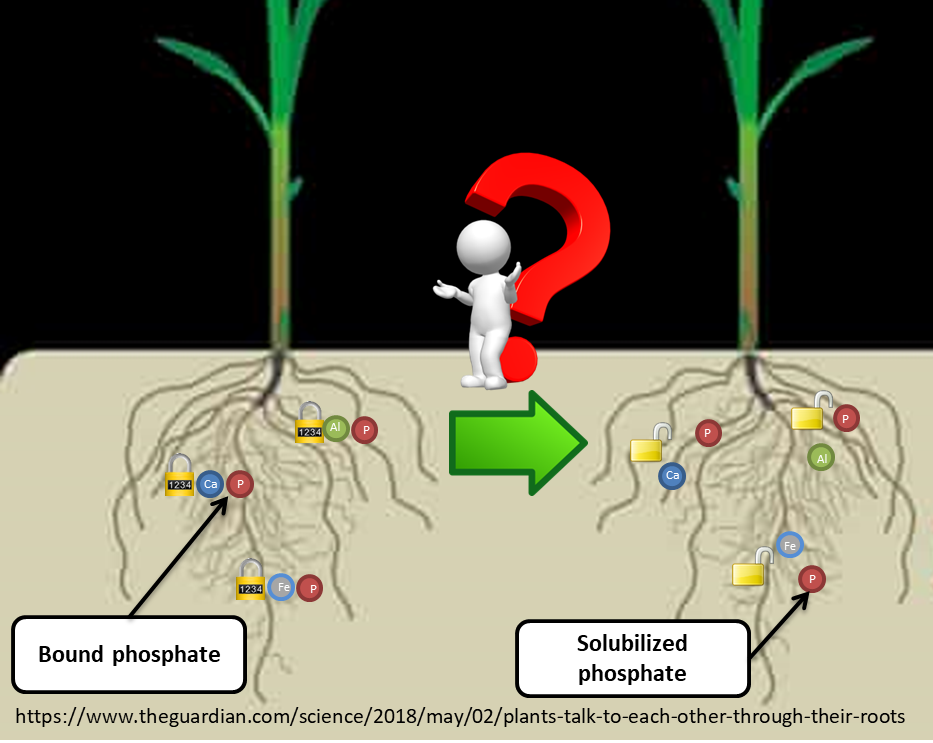Now that the snow has begun to fall and working in the fields has come to a close, growers are thinking about what spring will bring. In particular, growers may be wondering if there will be enough available phosphorus (P) in the soil for their plants in the spring. Most growers know that P is important and some may know about phosphate solubilizing microbes (PSM). But how do PSM do it? In this week’s edition of Growing Possibilities, we will be examining why P is important for plants and how PSM solubilize P.
The three primary macronutrients plants require are N (Nitrogen), P and K (Potassium). Phosphorous is particularly important in plant health and growth for various reasons. It is required for photosynthesis, DNA synthesis, and protein synthesis. It also facilitates root growth, improves flower formation and seed production, increases disease resistance, and strengthens stems & stalks. Overall, these factors contribute to crop uniformity, earlier maturity, and improved overall crop quality. So what happens if there is a deficiency in P? The plant will have problems making the DNA and protein since P is one of the building blocks of those molecules. The plant will also struggle to make enough energy since P is required for transferring energy throughout the plant. That’s why deficient plants are shorter and have smaller yields, they simply cannot make enough energy or protein to grow and produce a lot of seeds (1).
So now we understand why P is important, but how do PSM make it available for plants? Typically the portion of the soil that is P is approximately 0.05%, of which only 0.1% of that 0.05% is available for plants. Commonly chemical fertilizers are added to the soil to increase the amount of plant available P in the soil, but a large portion of applied fertilizer is unavailable for plants to use. Another way to increase plant available P is through microbial solubilisation of P. A large variety of organisms, called phosphate solubilizing microbes, are able to do this. PSM produce acids, both organic and inorganic, and release them into their surroundings. The released acids cause a slight pH decrease surrounding the PSM cell, which results in the P being released by the Calcium. Once the P is released from the Calcium it is available for the plants to use (2). Some PSM can also help in N-fixation in legumes, synthesize phytohormones to aid growth, and increase the availability of iron and zinc (3). For example, the Bacillus species found in XiteBio® Yield+ solubilizes P, produces phytohormones and iron chelation. To learn more about XiteBio® Yield+ and how it can increase plant available phosphorus click here.
References
- https://taurus.ag/importance-of-phosphorus-to-crops/
- https://www.frontiersin.org/articles/10.3389/fmicb.2017.00971/full
- Wani, P. A., Khan, M. S., and Zaidi, A. (2007). Co-inoculation of nitrogen fixing and phosphate solubilizing bacteria to promote growth, yield and nutrient uptake in chickpea. Acta Agron. Hung. 55, 315–323. doi: 10.1556/AAgr.55.2007.3.7


